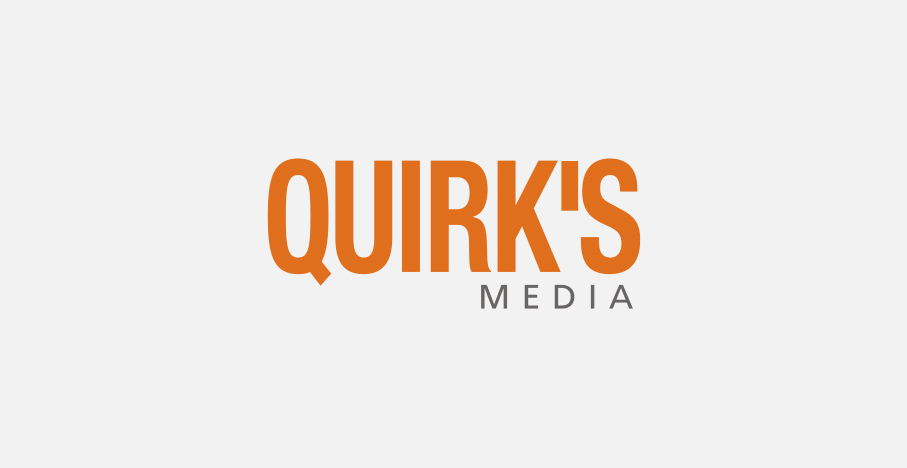Editor’s note: Jim Longo is cofounder and VP of research solutions at Discuss.io, Seattle.
The story of retail in America is one defined by upheaval. In the past 20 years, we’ve seen an exponential shift toward digital dominance as brick-and-mortar operations struggle to keep up. The COVID-19 crisis has caused further disruption, forcing an industry already facing change to change faster – a transition to a web-first approach taking place in five months instead of five years.
And yet, the machine of commerce rolls on. The needs of the market has brought stark focus to consumer demands – and at no point in the year is a retailer’s strategy put to the test more than the holiday season. The expansion of offers on major retail holidays like Amazon Prime Day, Black Friday and Cyber Monday can be make-or-break for businesses across the country.

At times like these, it can be easy for retailers that are forced to shift to digital-first operations to rely on the analysis native to the space; which is to say just look at the numbers. Without the presence of in-store or focus group interactions with customers, retailers may be inclined to depersonalize their strategies. But the truth is, at this deeply anxious and emotional point in history, stripping consumers of their motivations and humanity can be a losing bet.
The COVID-19 pandemic and resulting uncertainty surrounding reopening measures – which are hyper-regional and evolving by the day – need to be met with empathy and adaptability. Retailers and researchers need to be using all the tools at their disposal to not only understand the what of how their customers are behaving, but also the why.
Video can enable a level of qualitative analysis that gives retailers and researchers the tools they need to adapt their holiday strategies in real-time based on the insights they glean from their customers. By understanding these motivations through talking to consumers, retailers can go beyond simple numbers on a page, bringing in a depth of analysis that can be transformative at these critical sales points in the year.
Remote, tech-first interactions
Some retailers and researchers have leveraged the digital tools at their disposal for years, but given today’s climate many later adopters are forced to move to a remote, tech-first form of consumer interactions. Video provides many of the insights of in-person focus groups, and in many ways actually improves upon the process.
For one, utilizing video provides an added level of comfort to focus group members and individual interview subjects through distance. The fact is, sitting in the same room as someone else, particularly a stranger, can be an intimidating experience which can result in respondents not fully expressing themselves. Enabling them to remain in a place where they’re most comfortable, like their homes, makes them more open to sharing their true thoughts and feelings, which in turn lead to more valuable insights.
This distance also enables a democratizing of the conversation dynamics. When focus group members are all sat at a table, different personality types can respond differently to the flow of dialogue. For example, a focus group member sitting directly across from a moderator can adopt the mentality of a conversation leader, or dominator, which can challenge the authority of group interactions. By placing all members of a group on a flat plane like a screen, everyone is seen as the same, which enables a more equal spread of participation.
What’s more, video reduces the cost of traditional, physical focus groups by avoiding travel and limiting time away from the office. These remote conversations are also more scalable because retailers and researchers can pull from a nearly infinite pool of respondents and aren’t limited by the strictures of a region. Junior members of research teams are allowed to observe remote meetings and gain valuable experience, when in the past it may have been too costly to bring them along on travel assignments.
Improving video chat
As video chat platforms have come to dominate our lives, one of the beneficiaries of this adoption has been smart video platforms that offer more robust presentation and analysis tools. In the past, the transition to wholly remote focus groups and consumer interactions may have presented an issue as consumers were unsure of the structure of video conversations.
Now that many of us exist in a world where many of our day-to-day interactions have moved online, the processes of these communication tools have been normalized. Smart video platforms provide participants and moderators presentation tools and discussion guides that can help avoid the awkward pauses of a typical video chat. I mean, how many of us have sat on Zoom calls waiting for someone to begin talking? As these forms of communication are more widely accepted, the conversations become more substantive and the insights become more valuable.
Qualitative researchers should also look for recap tools that turn insights into actionable, accessible data. Live conversation notes, full transcripts and even isolated video clips can be harnessed to create action plans immediately following conversations to build adaptable plans ready for implementation.
Adapting strategies
The holidays present a major sales opportunity for many retailers and, in a year fraught with precarity, could be a last-gasp attempt to remain in business. Coupling this significance with the uncertainty of reopening measures, retailers should be doing everything in their power to make the most of the season; video can provide essential insights into adapting their sales strategies to maximize conversion.
Video can enable retailers and researchers to observe customers as they interact with a website. By observing body language and non-verbal communication, it can be easier to identify barriers to conversion. If a customer appears frustrated when they enter the checkout path, a retailer can more easily adapt the process to make it as user-friendly as possible.
Similarly, through customer conversations, retailers and researchers can gauge the interest levels on promotions, offers and add-ons that consumers find the most compelling. These insights can enable retailers to tailor their holiday strategy based on what entices customers the most.
With the retail landscape shifting away from the brick-and-mortar model, and guidelines on a nationwide and local level shift, these in-person interactions with customers can also serve as a temperature check to customers’ comfortability with reopening measures. Retailers can leverage insights to determine where customers are at in terms of in-store shopping, and offer curbside or contactless pickup to best focus their employees’ efforts throughout the holidays.
There is no magic bullet when it comes to developing a holiday strategy that will be a guaranteed success. The imperative for retailers and researchers lies in understanding and adapting to the changing attitudes, motivations and desires of the consumer. In a distanced world, video platforms give us the ability to get a little closer and perhaps, a little more insightful.
